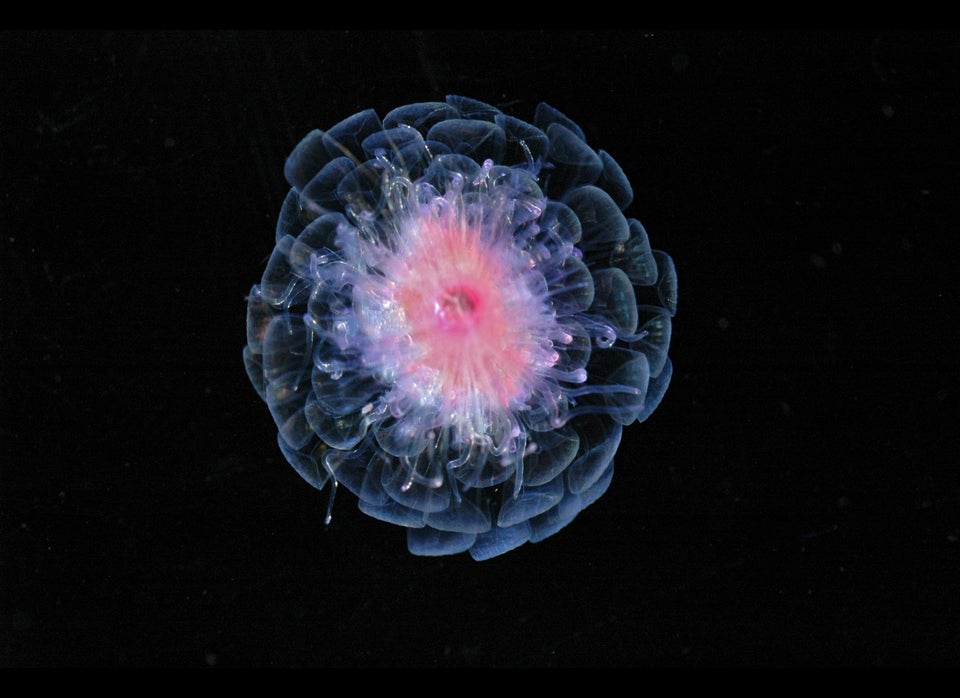
Nothing we have ever built can ply water as efficiently as the humble jellyfish. This video shows the pressure systems created with each of its thrusts, with vortices of low pressure (blue) rolling from the front of its bell-shaped body that meet up with the bulge of high pressure (red) that forms behind it:
(Story continues below)
This pressure gradient pulls the jellyfish through the water with little exertion. Research on jellyfish propulsion over the past 2 years revealed a key design feature that makes this translucent beast so efficient: bendiness. (This was confirmed by building robotic jellyfish—the bendy models left the stiff ones behind.)
But are jellyfish the only animals to have discovered the magic of bendiness? A new study examined the propulsive limbs of 59 animal species, from the flukes of killer whales and the wings of moths and bats to the winglike feet of sea slugs.
Not only is bendiness ubiquitous, but it is finely tuned. No matter if a creature lives in air or water, whether it propels itself with skin, feather, or gelatinous flaps, the propulsive limbs of all animals seem to have the same bendy design constraint: About one-third of the length of the structure flexes during steady motion, and the bending angle ranges from 15° to 40°. This narrow “morphospace,” described online this week in Nature Communications, can’t be the result of shared genes.
The same solution was reinvented countless times. Instead, the finely tuned bendiness of fins and wings is just good design, discovered again and again by evolution. Being stiff is literally a drag.
Original article:
This story has been provided by AAAS, the non-profit sciencesociety, and its international journal,
